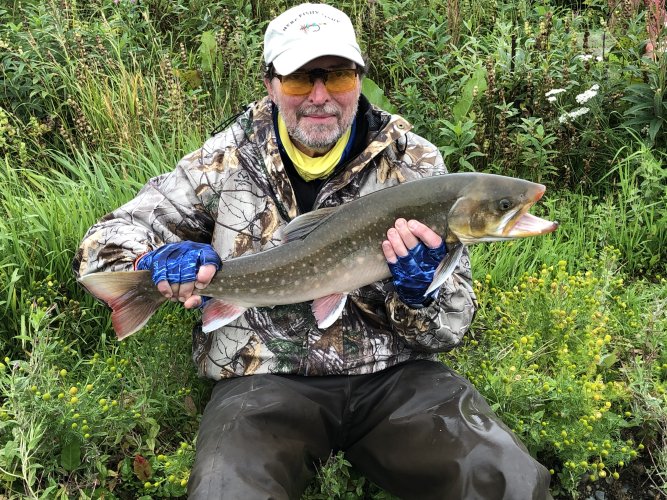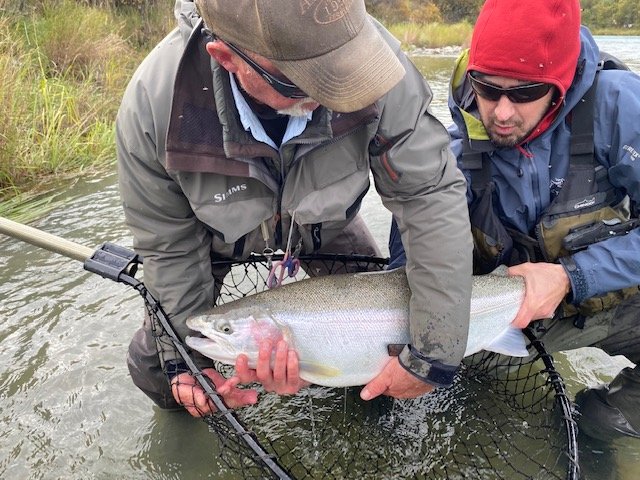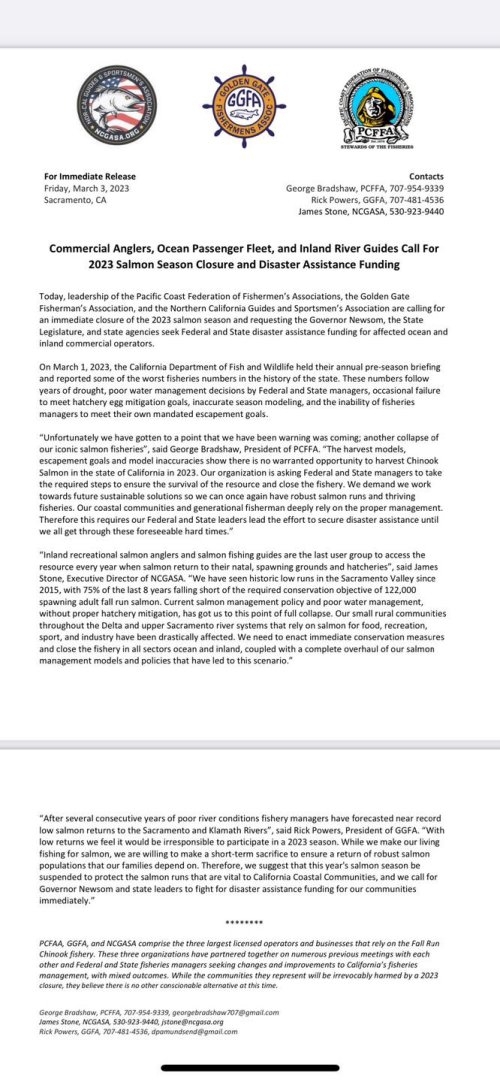Salmonchaser
Well-known member
- Joined
- Nov 12, 2019
- Messages
- 2,597
I know but I feel so bad for folks that have never seen a strong salmon run. While I was guiding in Alaska we had a few days every year when 250,000 sockeye came up the river in one day, most of those in a 12 hour period between commercial openings. Occasionally the com fish guys would net 1,000,000 sockeye in a day.We won't see it again. Too many things will have to change and people aren't willing to make those sacrifices.
It is a sight to behold.
Every other year we would get a huge run of pinks in the river. Upwards of 1,000,000 would settle into a one mile stretch of river. You had to work at it not to catch fish.
I liked to get my clients to quit fishing for awhile and just watch. As often as not they quit trying to kill all the fish they could after that. Catch a few to take home then go catch and release rainbows and Char.













